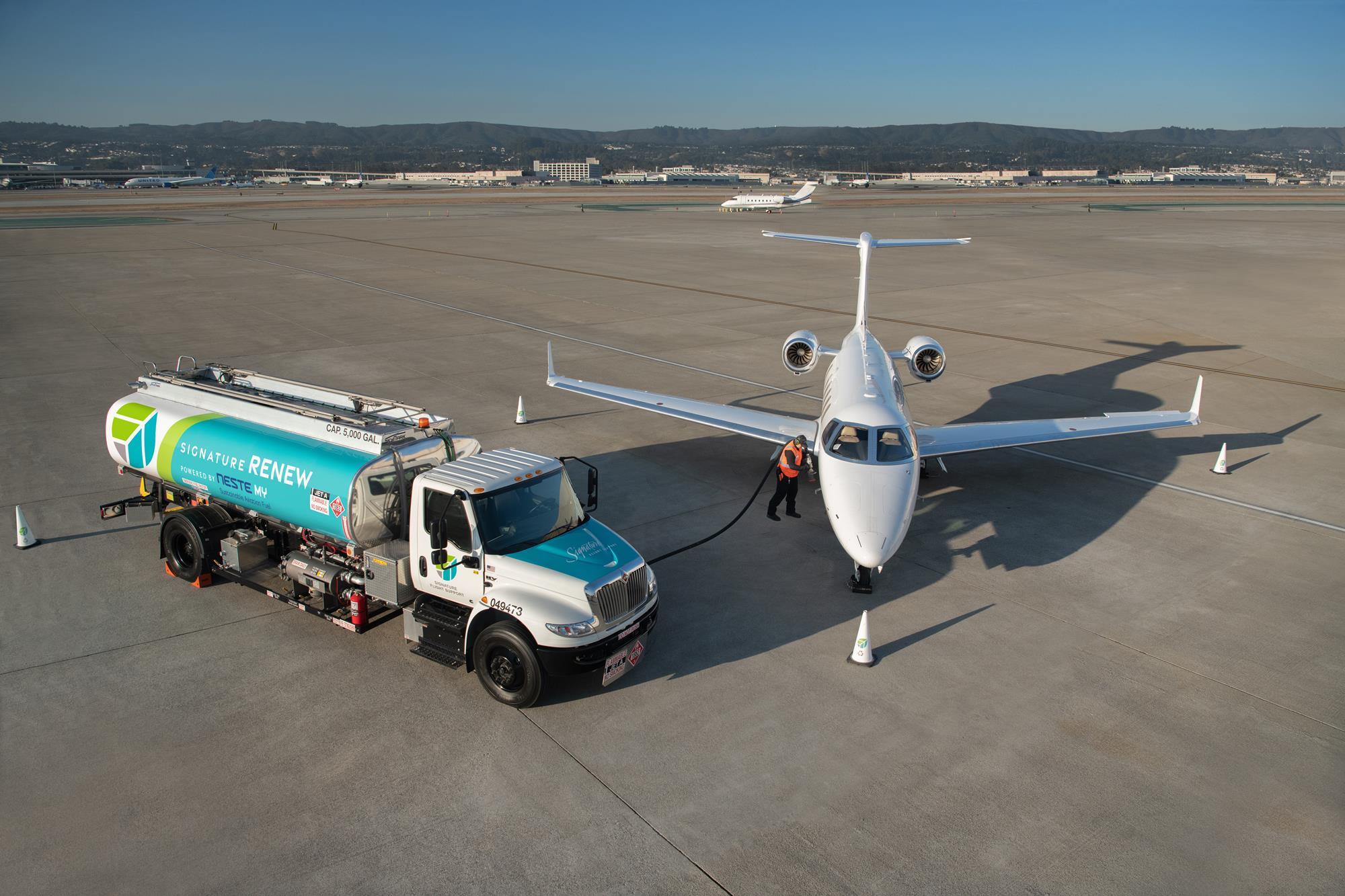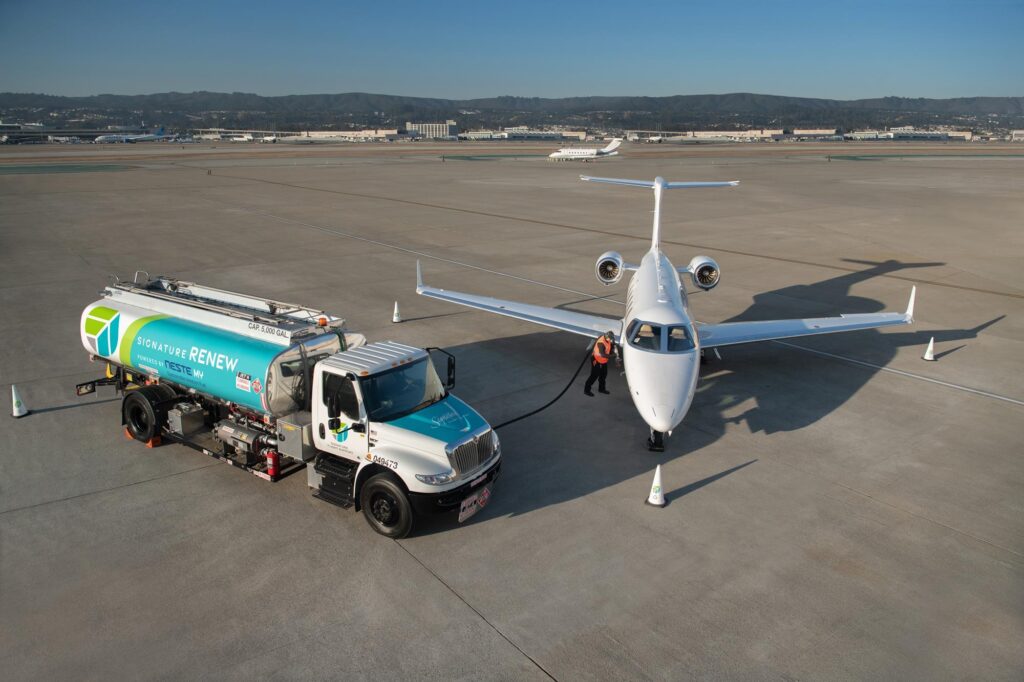Introduction: In a world where environmental sustainability is increasingly at the forefront of discussions, the aviation industry faces the challenge of mitigating its carbon footprint. One promising solution gaining momentum is Sustainable Aviation Fuel (SAF), a cleaner alternative to traditional aviation fuels. This article explores various aspects of SAF, from its production methods to global initiatives promoting its adoption.

1. Definition and Significance: Sustainable Aviation Fuel (SAF) is a type of aviation fuel derived from renewable resources, aims to reduce the aviation industry’s environmental impact. Significantly, SAF has the potential to address the sector’s greenhouse gas emissions and contribute to a more sustainable future for air travel.
2. Types of Sustainable Aviation Fuel: SAF can be produced from a variety of feedstocks, including biomass, waste, and renewable energy sources. Understanding the different types of SAF and their production processes is crucial for assessing their environmental benefits and feasibility on a large scale.
3. Production Processes: The production of SAF involves advanced technologies such as Fischer-Tropsch synthesis and hydroprocessing. Ongoing research and technological advancements in this field contribute to making SAF production more efficient, cost-effective, and scalable.
4. Environmental Benefits: SAF offers a substantial reduction in greenhouse gas emissions compared to conventional aviation fuels. The environmental benefits extend beyond just carbon reduction, making SAF a key player in the aviation industry’s efforts to achieve sustainability goals.
5. Challenges and Barriers: While SAF holds great promise, there are challenges to its widespread adoption. Economic and technical barriers, as well as regulatory hurdles, need to be addressed to ensure the seamless integration of SAF into the aviation industry.
6. Global Initiatives and Policies: International efforts are underway to promote the use of SAF. Governments and aviation bodies worldwide are implementing policies and incentives to encourage the development, production, and adoption of sustainable aviation fuel.
7. Market Trends and Commercialization: The market for SAF is witnessing significant trends, with airlines, manufacturers, and fuel producers collaborating to promote sustainable practices. The commercialization of SAF is becoming a reality, marking a shift toward more environmentally conscious air travel.
Read Also: How Does Inflation Affect Overseas Education Loan?
8. Innovation and Research in SAF: Ongoing research and development initiatives are focused on enhancing SAF production processes and performance. Emerging technologies and breakthroughs in this field are instrumental in advancing the viability of sustainable aviation fuel.
9. Impact on Aircraft and Infrastructure: Compatibility with existing aircraft and infrastructure is a crucial consideration for the widespread adoption of SAF. Understanding the modifications required for aircraft engines and infrastructure is essential for a smooth transition.
10. Case Studies: Examining case studies of airlines or regions successfully implementing SAF provides valuable insights. Understanding the challenges they faced, lessons learned, and best practices can guide future efforts to integrate sustainable aviation fuel effectively.
Conclusion: Sustainable Aviation Fuel stands as a beacon of hope for an aviation industry seeking to balance growth with environmental responsibility. As research and development efforts continue, and global initiatives gain traction, the skies seem set for a more sustainable future in air travel. It’s a journey worth taking for an industry that aims to soar to new heights without leaving a heavy environmental footprint.








